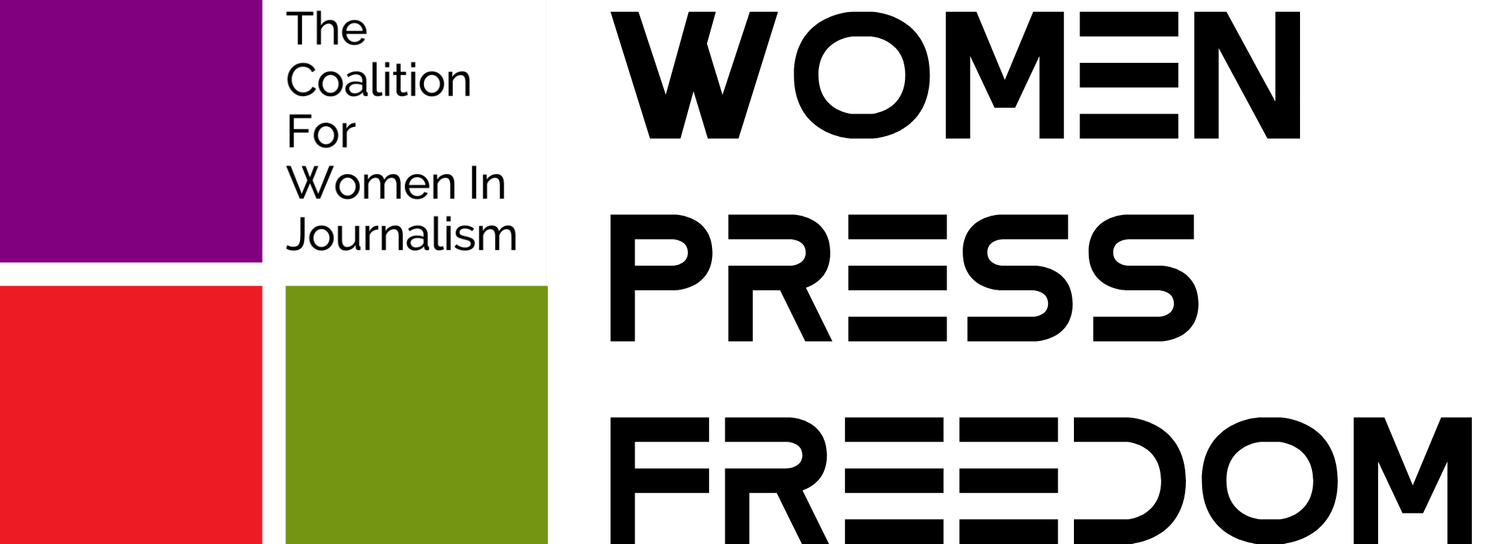Protest Reporting Under Siege: Police Brutality Drives 300+ Physical Attacks on Women Journalists
Over the past five years, from 2019 to 2024, the global landscape for women journalists covering protests has become increasingly dangerous. Data from Women Press Freedom reveals over 300 incidents of physical assaults on women reporters during demonstrations, with law enforcement responsible for most of these attacks. This represents a troubling trend, where journalists face escalating violence, often from the very authorities meant to protect them. The threats extend beyond physical harm, as women journalists are also disproportionately detained while attempting to cover critical political and social movements.
High-risk protests such as LGBTQI, anti-racist, anti-government, and women’s rights protests have become hotspots for violence and detentions, with countries like Türkiye, Belarus, and the United States standing out for their number of violations.
In this report, we delve into the patterns of violence and unjust detentions against women journalists during protests. These attacks not only imperil the safety of journalists but also threaten press freedom, democracy, and the public’s right to information. Women Press Freedom urges global accountability and stronger legal protections for those who risk their safety to report the truth.
Detentions of Journalists Covering Protests
From 2019 to 2024, the detentions of women journalists while covering protests have represented a significant portion. Out of a total of 636 arrests and detentions, 266 occurred during protests. This indicates a direct correlation between political unrest and the suppression of independent journalism, whose coverage of protests has made them vulnerable to state-sanctioned detentions.
This data also shows that in countries like Türkiye, Russia, and Belarus, detentions during protests are part of a larger strategy to crack down on independent media. The high number of detentions in these regions shows the difficulties faced by women journalists who are not only covering dangerous protests but are also directly targeted by governments seeking to prevent the dissemination of information.
Governments employ detention not only to prevent the coverage of protests but also to intimidate journalists into self-censorship, which has far-reaching implications for press freedom. The detentions of journalists at anti-war protests, election rallies, and even memorial events for figures late opposition leader Alexei Navalny and in the anniversary of Gezi Park protests in Turkiye highlight the broad scope of state attempts to control narratives and prevent dissenting voices from reaching the public.
Trends in Detentions (2019-2024)
A closer examination of Women Press Freedom’s data reveals that detentions of women journalists during protests spiked significantly in 2020 and 2021, with 79 and 71 arrests and detentions respectively, corresponding with social upheavals, including the Belarus anti-government protests, Black Lives Matter (BLM) demonstrations in the United States and multiple labor and women’s related demonstrations in Turkiye. These two years saw the most detentions of women journalists as they were unjustly targeted for covering mass movements against authoritarianism, racial injustice, and political corruption.
The downward trend observed in 2022 and 2023, with 27 and 22 detentions during protests, suggests either a reduction in the coverage of such movements due to growing restrictions or a shift in tactics by states to avoid international scrutiny and negative attention.

